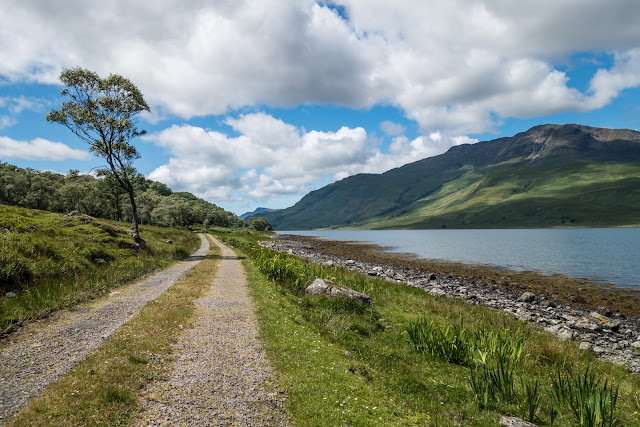VJ Day or Victory in Japan
Victory over Japan Day is the day on which Imperial Japan surrendered in World War II, in effect bringing the war to an end. The following is from Wikipedia and give s a brief summary of the circumstances surrounding this momentous event:
The surrender of Imperial Japan was announced by Japanese Emperor Hirohito on August 15 and formally signed on September 2, 1945, bringing the hostilities of World War II to a close.
By the end of July 1945, the Imperial Japanese Navy (IJN) was incapable of conducting major operations and an Allied invasion of Japan was imminent. Together with the British Empire and China, the United States called for the unconditional surrender of the Japanese armed forces in the Potsdam Declaration on July 26, 1945—the alternative being "prompt and utter destruction". While publicly stating their intent to fight on to the bitter end, Japan's leaders (the Supreme Council for the Direction of the War, also known as the "Big Six") were privately making entreaties to the publicly neutral Soviet Union to mediate peace on terms more favorable to the Japanese. While maintaining a sufficient level of diplomatic engagement with the Japanese to give them the impression they might be willing to mediate, the Soviets were covertly preparing to attack Japanese forces in Manchuria and Korea (in addition to South Sakhalin and the Kuril Islands) in fulfillment of promises they had secretly made to the United States and the United Kingdom at the Tehran and Yalta Conferences.
On August 6, 1945, at 8:15 AM local time, the United States detonated an atomic bomb over the Japanese city of Hiroshima. Sixteen hours later, American President Harry S. Truman called again for Japan's surrender, warning them to "expect a rain of ruin from the air, the like of which has never been seen on this earth." Late in the evening of August 8, 1945, in accordance with the Yalta agreements, but in violation of the Soviet–Japanese Neutrality Pact, the Soviet Union declared war on Japan, and soon after midnight on August 9, 1945, the Soviet Union invaded the Imperial Japanese puppet state of Manchukuo. Hours later, the United States dropped a second atomic bomb, this time on the Japanese city of Nagasaki.
Following these events, Emperor Hirohito intervened and ordered the Supreme Council for the Direction of the War to accept the terms the Allies had set down in the Potsdam Declaration for ending the war. After several more days of behind-the-scenes negotiations and a failed coup d'état, Emperor Hirohito gave a recorded radio address across the Empire on August 15.
On August 28, the occupation of Japan led by the Supreme Commander for the Allied Powers began. The surrender ceremony was held on September 2, aboard the United States Navy battleship USS Missouri, at which officials from the Japanese government signed the Japanese Instrument of Surrender, thereby ending the hostilities. Allied civilians and military personnel alike celebrated V-J Day, the end of the war; however, isolated soldiers and personnel from Japan's far-flung forces throughout Asia and the Pacific refused to surrender for months and years afterwards, some even refusing into the 1970s. The role of the atomic bombings in Japan's unconditional surrender, and the ethics of the two attacks, is still debated. The state of war formally ended when the Treaty of San Francisco came into force on April 28, 1952.
The news of the Japanese offer began early celebrations around the world. Allied soldiers in London danced in a conga line on Regent Street. Americans and Frenchmen in Paris paraded on the Champs-Élysées singing "Don't Fence Me In".
Many photographs were taken around the world of the celebration events, but the iconic one which was published by LIFE and subsequently around the world, was taken in Times Square by Alfred Eisenstaedt. a German-born American photographer and photojournalist.
In Hadleigh, my nearest town, the above painting appeared on the wall around the time of this year's 75 year commemoration, and it mirrors that photograph.
The news of the Japanese offer began early celebrations around the world. Allied soldiers in London danced in a conga line on Regent Street. Americans and Frenchmen in Paris paraded on the Champs-Élysées singing "Don't Fence Me In".
Many photographs were taken around the world of the celebration events, but the iconic one which was published by LIFE and subsequently around the world, was taken in Times Square by Alfred Eisenstaedt. a German-born American photographer and photojournalist.
In Hadleigh, my nearest town, the above painting appeared on the wall around the time of this year's 75 year commemoration, and it mirrors that photograph.




Comments